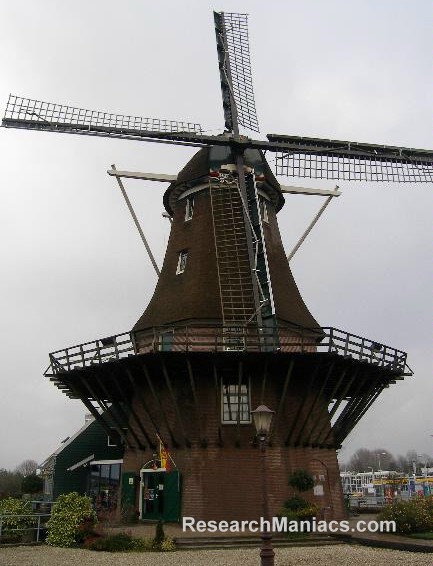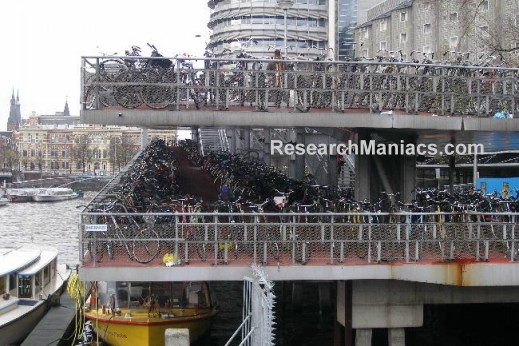Netherlands
Information about Netherlands
The Dutch United Provinces declared their independence from Spain in 1579; during the 17th century, they became a leading seafaring and commercial power, with settlements and colonies around the world.
After a 20-year French occupation, a Kingdom of the Netherlands was formed in 1815.
In 1830 Belgium seceded and formed a separate kingdom.
The Netherlands remained neutral in World War I, but suffered invasion and occupation by Germany in World War II.
A modern, industrialized nation, the Netherlands is also a large exporter of agricultural products.
The country was a founding member of NATO and the EEC (now the EU), and participated in the introduction of the euro in 1999.
In October 2010, the former Netherlands Antilles was dissolved and the three smallest islands - Bonaire, Sint Eustatius, and Saba - became special municipalities in the Netherlands administrative structure.
The larger islands of Sint Maarten and Curacao joined the Netherlands and Aruba as constituent countries forming the Kingdom of the Netherlands.

Above picture: A series of similar-looking bridges spanning an Amsterdam canal.

Above picture: Molen van Sloten (the Sloten Windmill), on the outskirts of Amsterdam, is a still-functioning polder-draining mill. Dating from 1847, the mill can pump 60,000 liters of water per minute from the polder.

Above picture: The bicycle parking ramp in Amsterdam near Centraal Station holds 7,000 bikes.
|
|
|
|